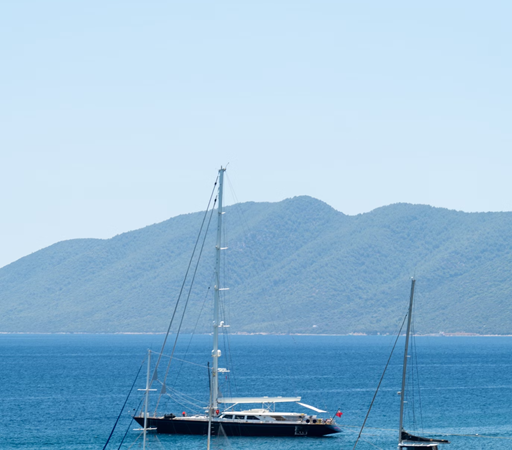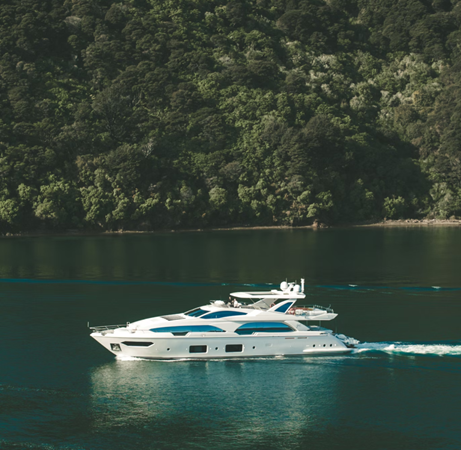A Complete Travel Guide to the Golden City, Jaisalmer

In the middle of the Thar desert, there is a city built with sand , actually sandstone. Jaisalmer was the eastern end of our trip to Rajasthan and although we had read wonders of it, time was pressing and we only had one day in the city before continuing our trip through India . It was mid-June and, although we knew it would be hot, we discovered a new way of losing fluid through the skin that did not involve sweating: it directly evaporated-I advise: do not go in summer, if you can.
The desert, the temperature and the evaporation can take away the desire to get there to anyone, but when you meet the wonders of Jaisalmer – the fort , the Jain temples , the havelis. You realize that everything has deserved It’s worth it, until you get a night train to get there and another to go out and sleep very little, as we did, you can look at our route .
How to Get Jaisalmer?
The first land trip in India was the one that took us to the city of Jaisalmer. Bought the night train tickets from Jodhpur to Jaisalmer before leaving home and had not yet ridden on any buses – then you rode and could not be happier to have book the Palace on Wheels train tickets online.
By night train from Jodhpur
From the station to the monumental zone, the fort, there is little more than a kilometer away. The night luxury Palace on Wheels train arrived at about 5.15 so it was still a good time to walk and clear up after sleeping. In any case, in the station we found a good number of tourism agents – legal or illegal offered us hotels, excursions, guides and also tuk tuks wishing to take us anywhere.
Jaisalmer Fort
The name Jaisalmer refers to Rawal Jaisal , who founded the city in the 12th century and built the fort: the fort on the hill of Jaisal . Although we had not seen him through the windows of the train because, first, we were asleep and, second, it was night, we were in the middle of a desert. So, we did not understand the need to build a fort there.
It became clear when we read that the bhattis, the warrior caste of Jaisalmer , were enemies of the rathores, the warrior caste of Jodhpur . If there was a fort there, the Mehrangarh fort , Jaisalmer could not be less. That rivalry could have inspired even the nicknames of the cities, both referring to a color, while Jodhpur is known as the blue city , Jaisalmer is the golden city .
The other reason why it was necessary to build a fort is that, despite being “in the middle of nowhere”, it was on an important trade route that connected India with Egypt, Arabia, ancient Persia, Africa and even reached Europe . You had to protect that wealth. Once again, we discovered how the change of commercial routes caused cities to be born or die.

What to See in Jaisalmer
There is no visit to Jaisalmer that does not aim to visit the fort, the oldest in Rajasthan . Unlike the Mehrangarh fort in Jodhpur, the Jaisalmer fort is “alive” : a quarter of the population of Jaisalmer lives in it. It is not a monument with an aspect of decoration, it is a town in which one can still find situations that have not changed much in recent centuries. If you wonder why the name of the golden city , do not think too much, Jaisalmer is in the desert and it is with sand, concretely with sandstone , with what they are built the fort and the walls of many of its houses, giving it its golden color.
Water is the great problem of Jaisalmer , rather the lack and excess of water. How can it be that there is lack and excess at the same time? It is missing because the amount of tourists and the population of the city makes more water necessary than the desert can offer. Excess because the sandstone melts with the water and the drains of the houses inside the fort are destroying it little by little.

Jain Temples
Jaisalmer was our first contact with Jainism , a religion we knew little about until that moment. Although you read something about their temples, we were not aware of what awaited us inside the seven Jain temples that rise inside the Jaisalmer fort.
Marble and sandstone carved with an exquisite taste , with surgical precision , with an art that seems more like gods than simple humans … Difficult to explain in words the sensations that we had in each of those magical and mystical places in equal parts. Perhaps, the easiest sensations to explain are the heat and humidity that we had when crossing its doors. It was early in the morning and they were cleaning it, the water almost evaporated as it touched the ground, the walls and columns, turning their rooms into makeshift Turkish baths. But,Who is going to worry about those trifles when he is hallucinating without knowing where to direct his eyesight, and the objective of the camera, before such beauty?
The entrance of the temples is joint , 10 rupees for foreigners, but each one has different schedules for the tourist visits . When we were there, Chandraprabhu and Rikhabdev opened from 7:00 to 12:00; Gyan Bhandar from 10.00 to 11.00; and Parasnath, Shitalnath, Sambhavanth, Shantinath and Kunthunath from 11.00 to 12.00. It is mandatory to take off shoes to enter, you can not enter with bottles of water and there are posters asking women to refrain from entering during menstruation .
Attractions to See in Jaisalmer Fort
The fort was built by a maharajah and, as such, had a palace, the Maharaja Mahal . A seven-story building located in front of a square where the Maharaja was reviewing his troops. Today inside the museum is the palace of the fort . We have to confess that we do not enter . What you read in the guide did not catch our attention and Rawal told us that it was not worth it either … but, at the last minute, a German tourist with whom we met spoke very well of him. Unfortunately it was already late, it was closed and we had to take another night train.
The Splendor of Jaisalmer: The Havelis
The commercial routes that passed through Jaisalmer and that turned the city into a business center brought a lot of wealth to its merchants who, to prove it, built huge mansions with elaborate facades, imposing balconies and large windows with stone lattices . They are the havelis of Jaisalmer built between the nineteenth and twentieth centuries outside the walls of the fort.
The most famous are Patwon Ki Haveli , Salim Singh Ki Haveli and Nathmal-Ki Haveli , although there are many other houses. Before the sun made it impossible to move around the city, we passed them admiring their facades.
Patwon-Ki-Haveli , commanded to be built in 1805 by Guman Chand Patwa, is the most elaborate of Jaisalmer and the largest : they are actually five havelis joined-one for each of their five children. It is known as the ” mansion of the brocade merchants ” although it is also said that its owners obtained benefits with the opium traffic and the loan of money . In front of it there is a small square with benches where before there were modern buildings. Indira Gandhi bought them to knock them down and allow the haveli to look more comfortable.
In Salim Singh Ki Haveli lived Salim Singh, prime minister of Jaisalmer , who was in charge of looking for the best for his home. The house has 38 balconies , all with different designs and a strange shape that makes it wider on the upper floors.
The facade of Nathmal-Ki Haveli is a great trompe l’oeil: everything that seems symmetrical is not really so. The windows, the balconies, the lattices … maintain a symmetry of position with respect to the axis of the façade, but each one has a different shape. As in Salim Singh Ki Haveli, a prime minister, Diwan Mohata Nathmal, lived within its walls. The “false symmetry” is due to the fact that the builders were two brothers , Hathi and Lalu: one excavated the right side and the other excavated the left.
Sunset in the Thar Desert
The last thing to see in Jaisalmer in a day is the sunset . Either from the walls of the fort or from the dunes of the Thar desert . We opted for the dunes and, since Rawal had taken us all day to walk – in the end it ended up being a little uncomfortable to have him stuck almost all the time – we hired him the excursion to the desert in exchange for us leave some quiet hours. It was there we met the German tourist who made us regret not having entered the Maharaja Mahal.
Leaving the citadel of Jaisalmer and entering the desert sand is not a big change, contrary to what it may seem. The colors remain the same: the sandstone and desert sand confused us, giving us the impression that a haveli would appear behind the next dune.
What did end up appearing was the sunset that, although the warmth due to the tremendous heat that made it a bit muddy, was the perfect climax for a day in Jaisalmer.
Don’t forget to check out the Palace on Wheels departure dates to explore the rich culture of Rajasthan.






